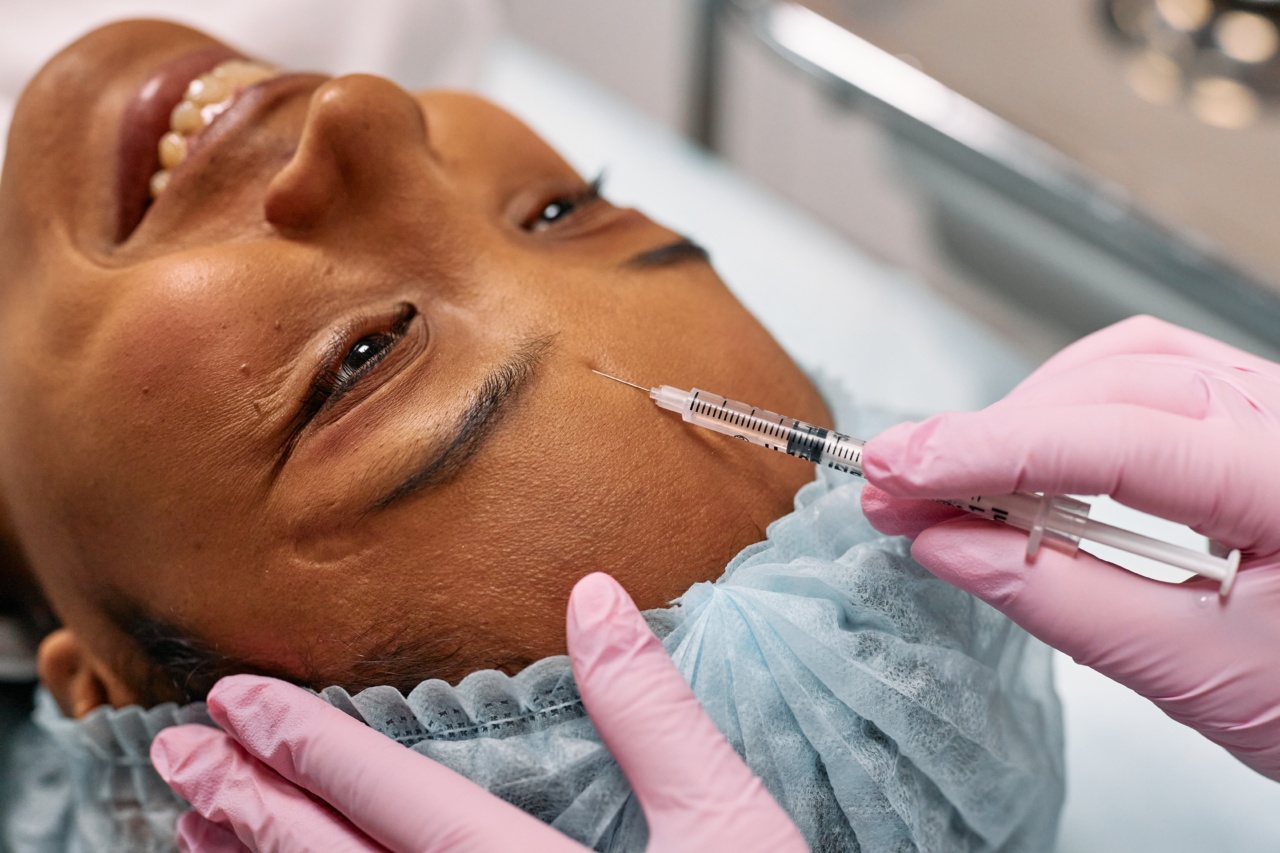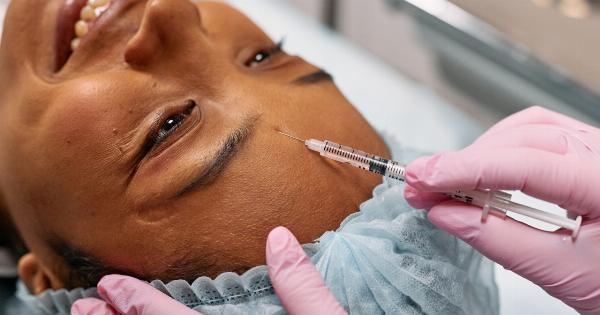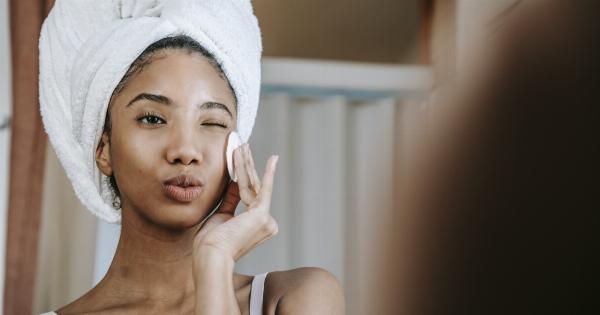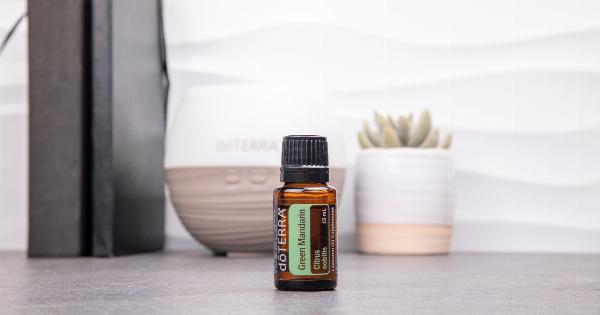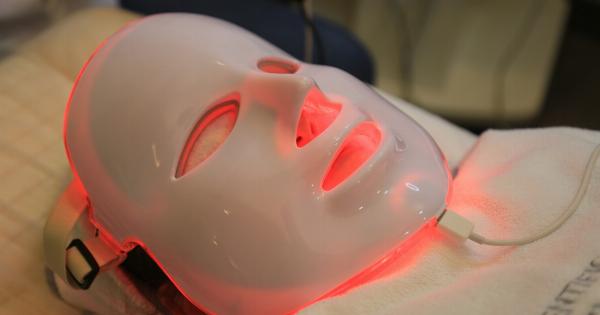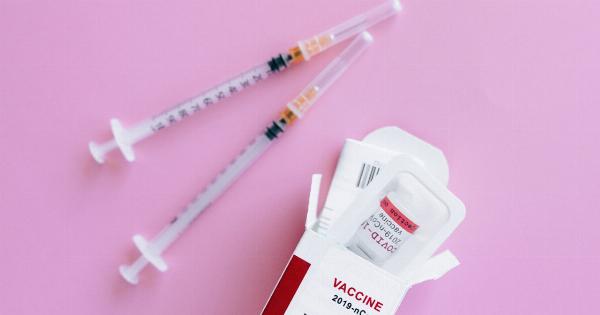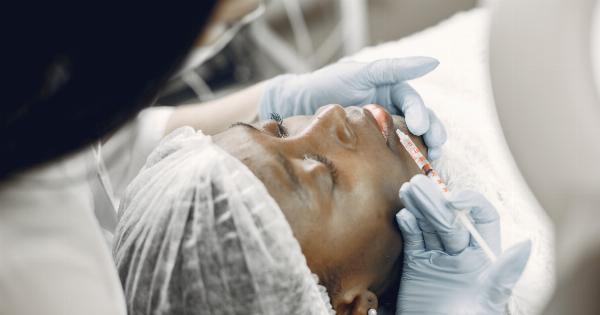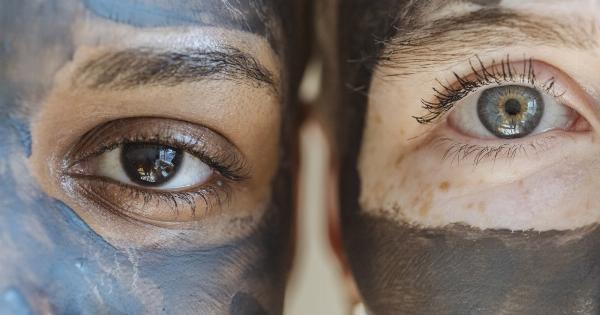Botox has become a widely popular cosmetic treatment used to reduce the appearance of wrinkles and fine lines. It is a non-surgical procedure that involves injecting a purified form of botulinum toxin into specific facial muscles.
This toxin temporarily paralyzes the muscles, preventing them from contracting and causing wrinkles.
Botox is primarily used to target dynamic wrinkles, which are the wrinkles that appear as a result of facial expressions, such as smiling or frowning.
Common areas treated with botox injections include the forehead, crow’s feet around the eyes, and frown lines between the eyebrows.
Understanding the Duration of Botox Treatments
The effects of botox injections are not permanent. Typically, the results last for three to six months before the muscles regain their full functionality.
However, the duration can vary depending on several factors, including the individual’s metabolism, the dosage administered, and the specific treatment area.
It is important to note that the results may not be immediately noticeable. It usually takes a few days for the full effects of botox to become visible.
Patients are advised to be patient and allow the treatment to take its course before assessing the final outcome.
How Often Should You Have Botox Treatments?
The frequency of botox treatments ultimately depends on individual needs and desired results. While there is no one-size-fits-all answer, most experts recommend waiting at least three months between treatments.
This allows sufficient time for the botox to fully wear off and the muscles to regain their function.
Receiving botox injections too frequently can lead to an accumulation of the toxin in the body, which may lead to muscle atrophy or resistance to the treatment.
It is important to allow the effects of the previous treatment to fade before considering another round of injections.
Factors That Influence the Frequency of Botox Treatments
Several factors can influence how often an individual can have botox treatments. These factors include:.
1. Metabolism
Metabolism plays a crucial role in determining how quickly the body metabolizes the botox toxin. Individuals with faster metabolisms may experience a shorter duration of the botox effects compared to those with slower metabolisms.
Knowing your metabolism rate can help you make informed decisions regarding the frequency of botox treatments.
2. Treatment Area
The area being treated can affect the frequency of botox treatments as well. Different facial muscles may respond differently to the treatment, requiring more or less frequent injections.
For example, the muscles around the mouth may require more frequent treatments compared to the forehead muscles.
3. Desired Results
The desired results also play a role in determining the frequency of botox treatments. Some individuals may prefer a more natural look and choose to have treatments less frequently.
Others may be looking for more noticeable results and opt for more frequent treatments.
4. Age
Age can impact the frequency of botox treatments. Younger individuals tend to have more resilient skin and may require fewer treatments compared to older individuals. Aging skin may require more frequent treatments to maintain the desired results.
5. Personal Preferences
Ultimately, personal preferences and goals should be taken into account when deciding how often to have botox treatments.
Some individuals may be satisfied with the results of a single treatment every six months, while others may prefer more frequent maintenance treatments.
Consultation with a Professional
The best way to determine the appropriate frequency for botox treatments is to consult with a qualified and experienced cosmetic professional.
They will assess your individual needs, analyze your facial muscles, and discuss your desired outcome before recommending a treatment plan.
During the consultation, be sure to disclose any relevant medical history, allergies, or previous experiences with botox. This will help the professional tailor the treatment to your specific needs and ensure the best possible results.
In Conclusion
Botox treatments can be an effective way to temporarily reduce wrinkles and fine lines, providing a more youthful appearance.
The appropriate frequency of botox injections depends on various factors, including metabolism, treatment area, desired results, age, and personal preferences.
Remember to always consult with a qualified professional to determine the best treatment plan for your specific needs. They will guide you through the process, ensuring your safety and satisfaction with the results.
